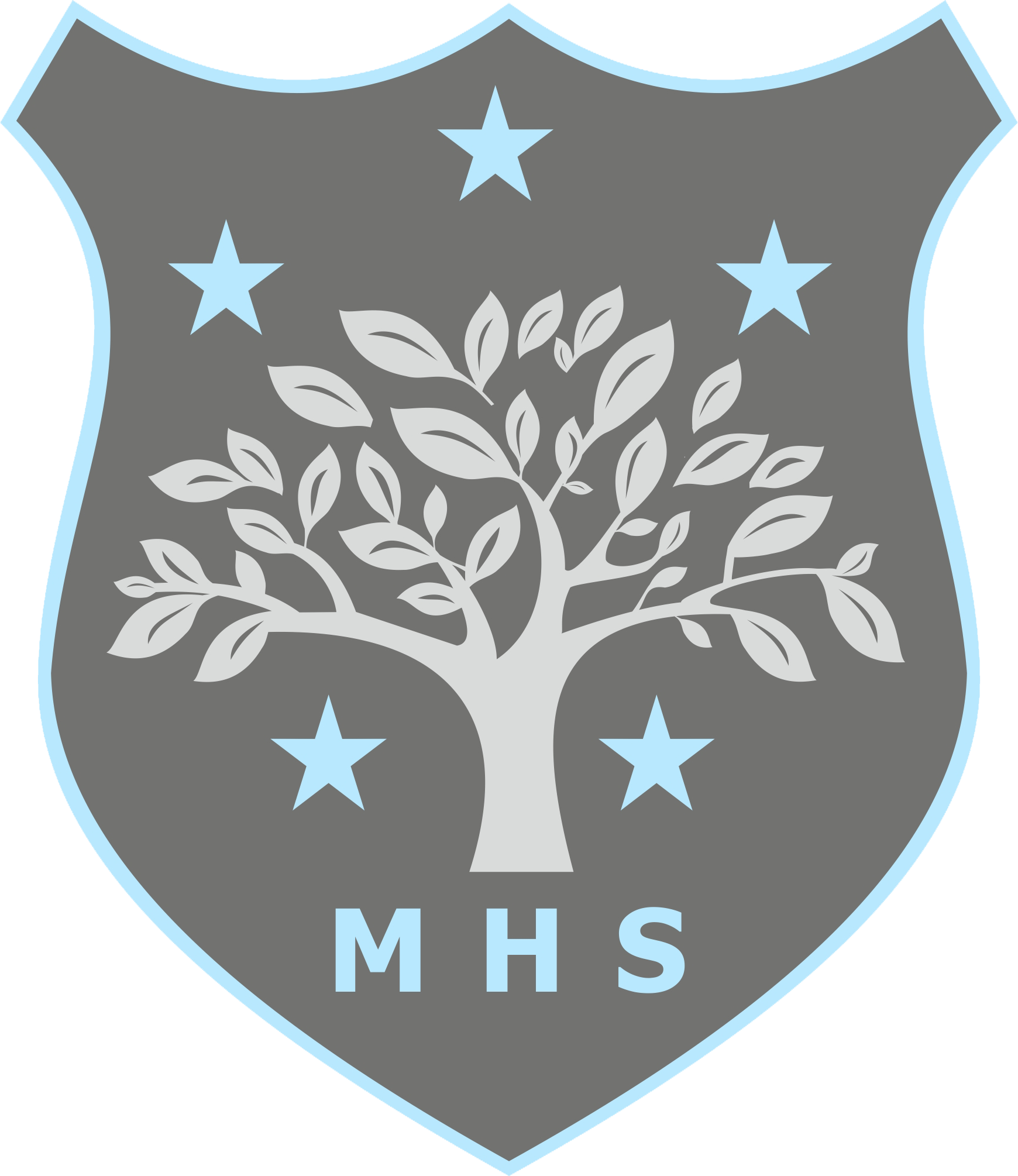Pupil Premium
Middlewich High School
At Middlewich High School we recognise the importance of ensuring all students’, whatever their background or circumstance, are provided with a high quality education and achieve excellence. This will ensure that all our students’ are equipped with the knowledge and skills they will need to succeed in and beyond education.
Vision
Vision
No one left behind – To make certain our disadvantaged students’ attain equality in their outcomes, opportunities, experiences and futures as their more privileged peers.
Our strategy has been devised through the diagnosis of our students’ challenges and needs, it is evidence informed using up to date and relevant educational research published by a number of sources including the Education Endowment Fund (EEF) and its implementation and progress regularly monitored and evaluated to secure success. Recent guidance for Pupil Premium published by the EEF has been followed and as a result there is a tiered approach to allocation and spending of Pupil Premium funding. This ensures there is a balanced approach to improving teaching, targeted support and wider strategies.
To improve the attainment of our disadvantaged students’ our strategy is centered on the three key principles below:
- Strengthen students’ access and achievement through quality first teaching and the effective implementation of an excellent knowledge rich curriculum.
- Increase attendance by removing existing barriers and, through early identification and parental engagement, provide high quality intervention that supports students’ and families.
- Raise aspirations of and for students’ both academically and behaviouraly ensuring students’ excel at school, surpass expectations and are prepared for their ambitious futures.
Please find below the Pupil Premium Strategy Statements for 22-23 and 23-24. These are three-year strategies (2021-2024), the documents below outline how we will utilise pupil premium funding each year and evaluates how funding was spent in previous years.
2022-2024 Pupil Premium Strategy Statement
2023 - 2024 PUPIL PREMIUM STRATEGY STATEMENT
Action Plans & impact Evaluations:
2021-2022 Pupil Premium STRATEGY STATEMENT


